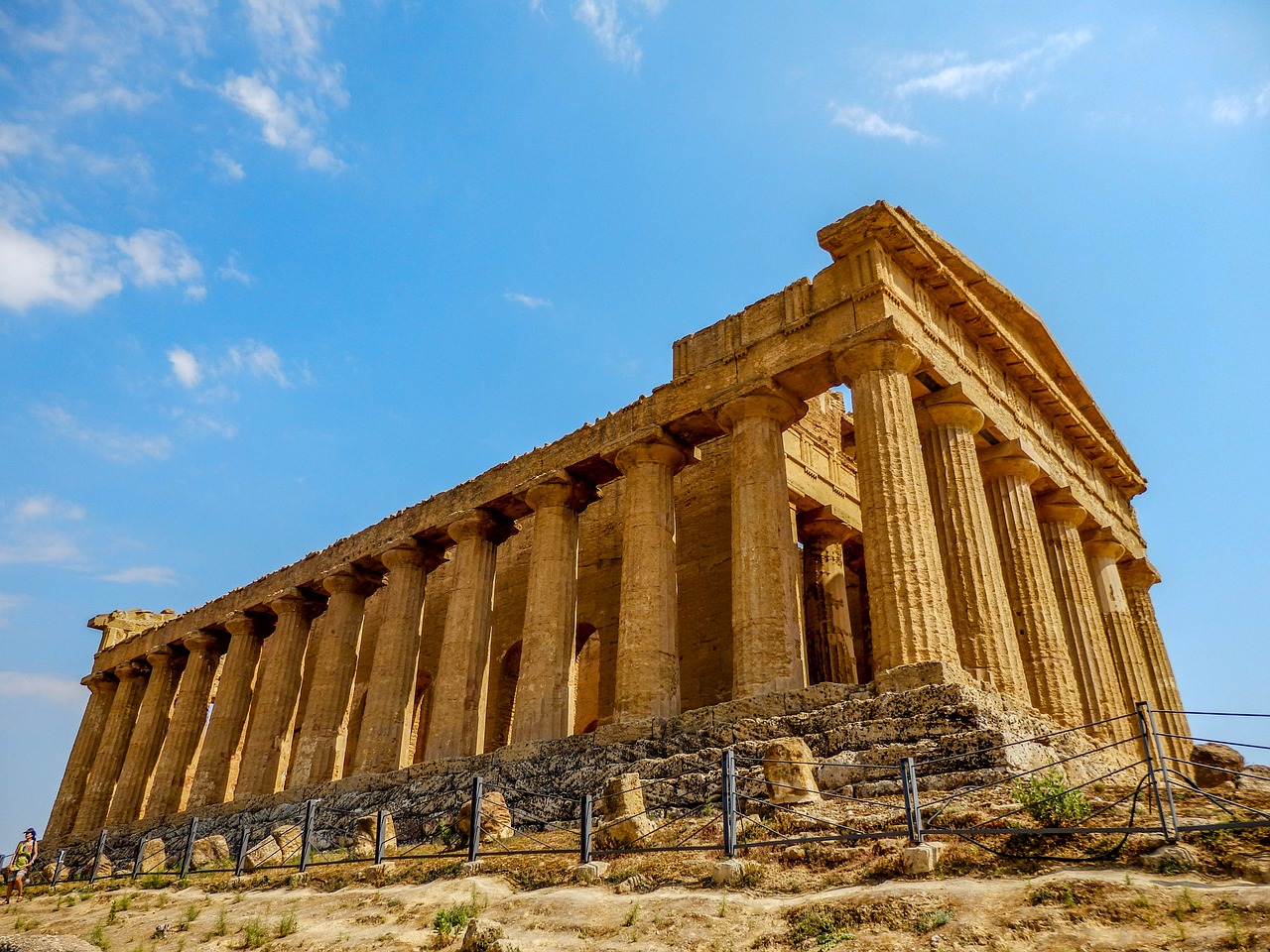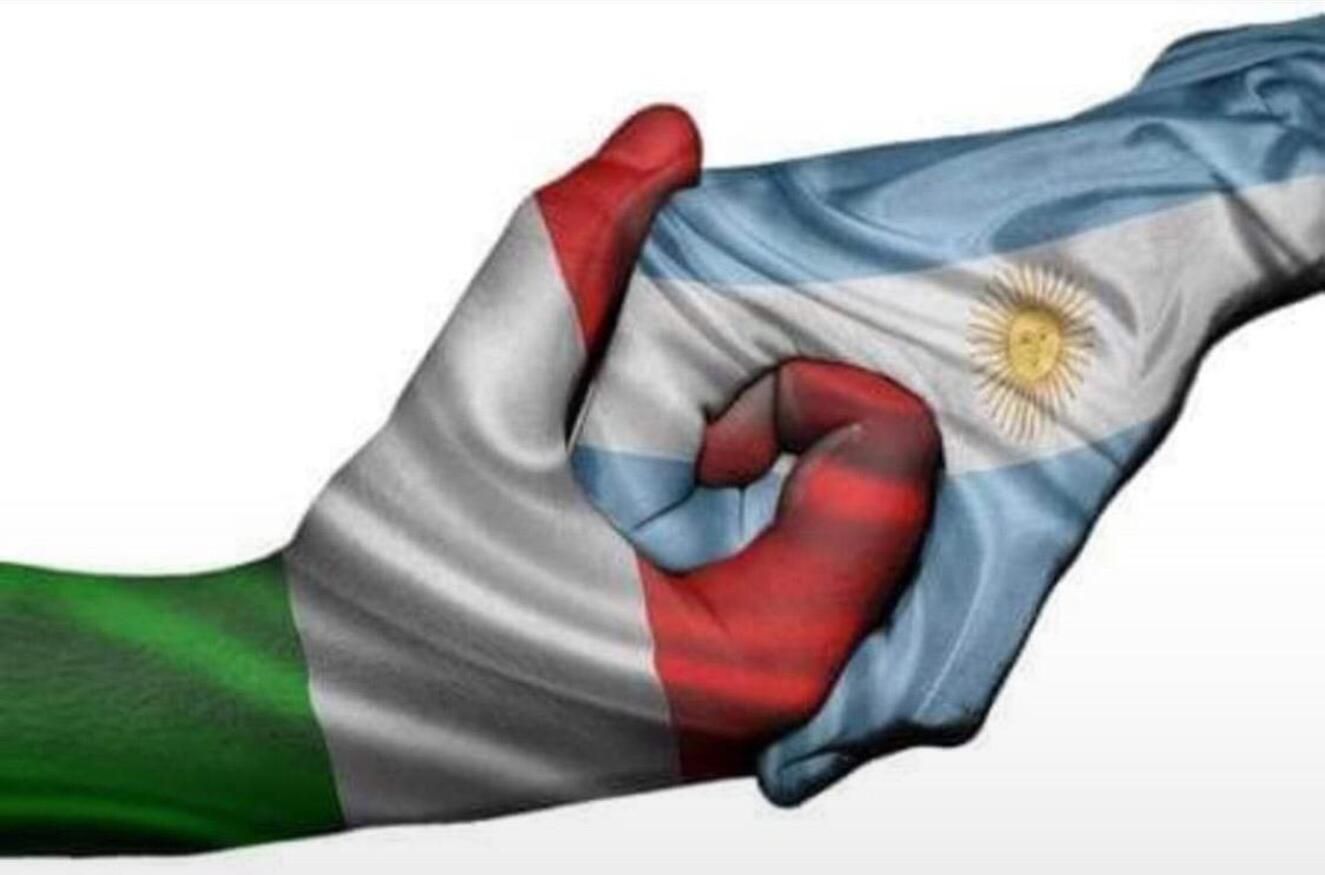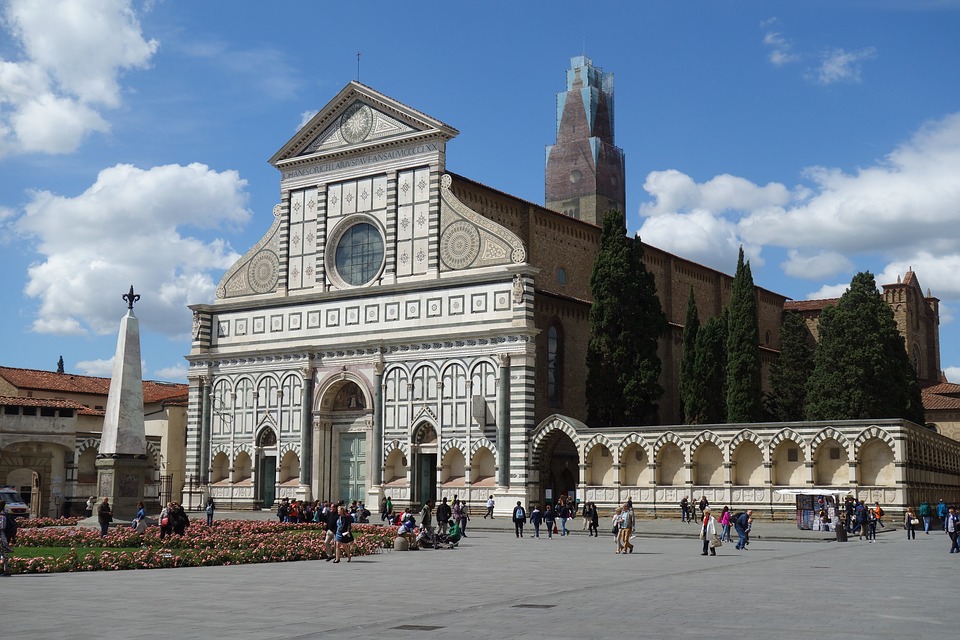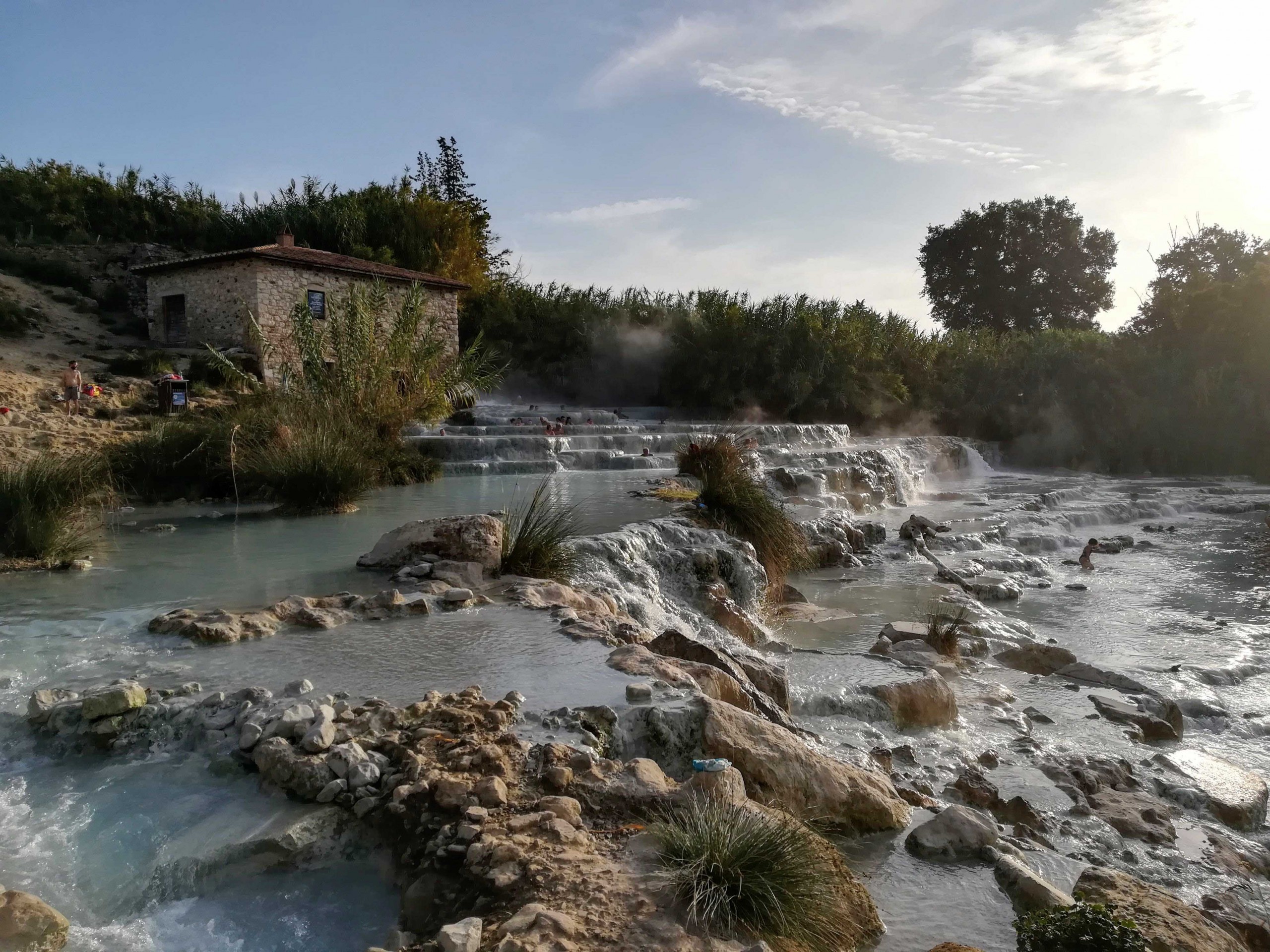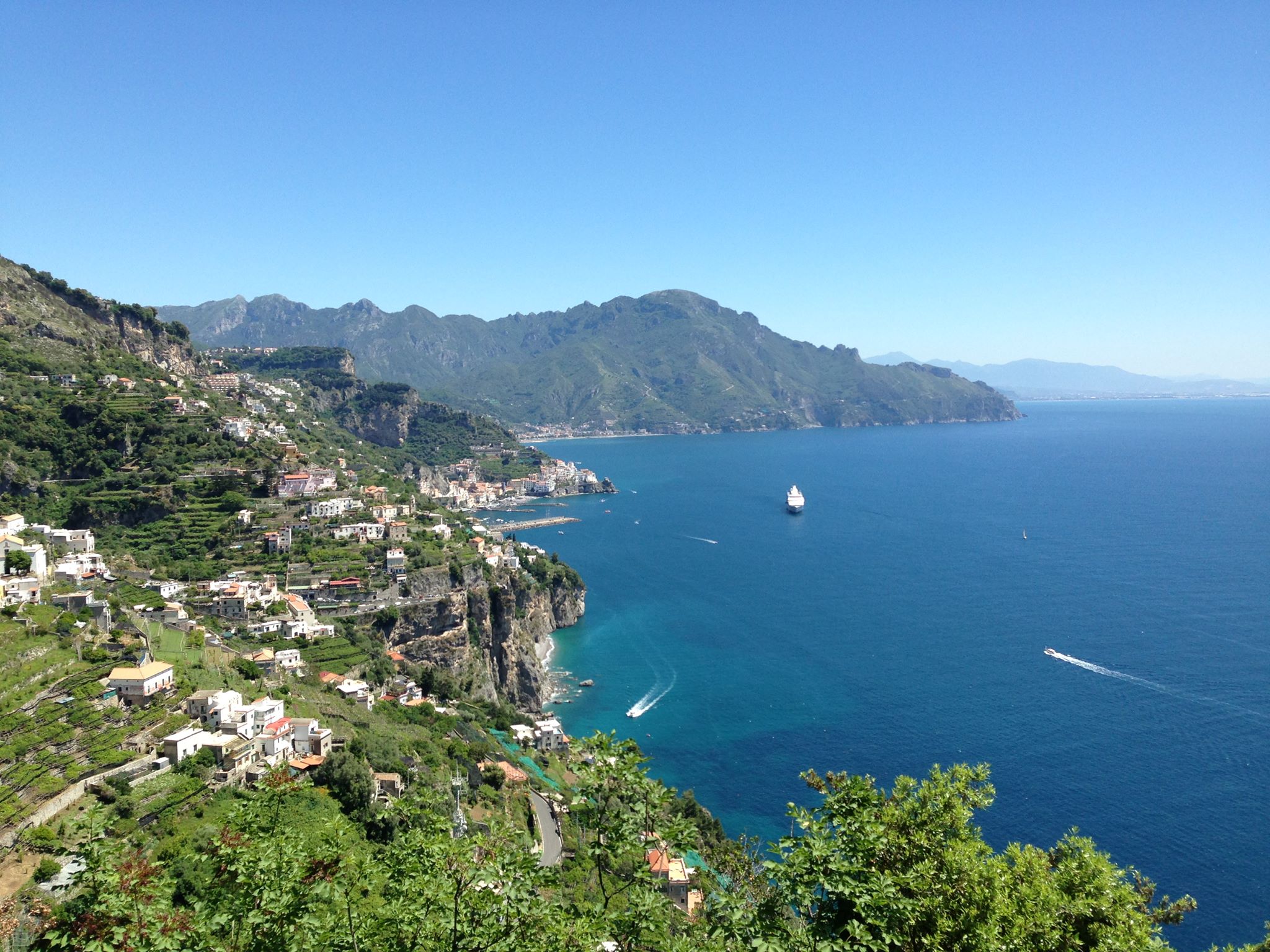Lodè sounds like a magic formula, and in this medieval mountain village there is perhaps something close to the mystical and to the spell. Sardinian wonder, that is a place where time passes slowly, lying at the foot of Mount Calvary, in the high Baronia.

Lodè
Village rich in history, woven for most ancient folk traditions, to preserve an intact historic center, which goes well with natural beauties such as Montalbo. The Tepilora Natural Regional Park is enchanting, with its rich waters.
Il del Rio Mannu, and the waterfall of Sos Golleos. The houses of the historical center of Lodè are built with the typical stones, decorated with the characteristic wooden balconies; it is the same material used for the shepherd’s huts, sos pinnettos, still present in the countryside.
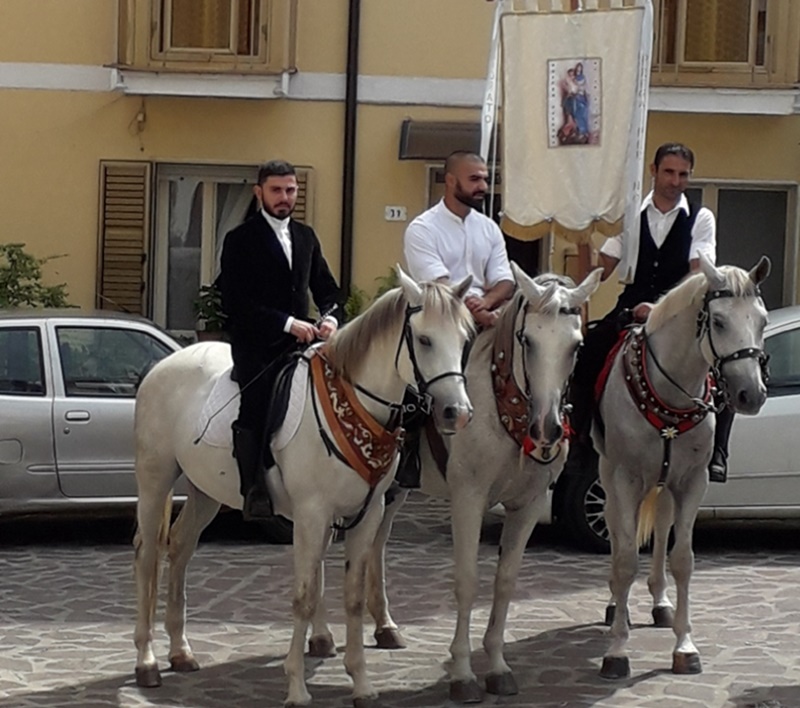
The churches are beautiful and full of religious spirit, some of which date back to the Middle Ages, such as that of the patron, Sant’Antonio da Padova. Also ancient is the church of Su Rimediu, de Sa Purissima, of San Giovanni Battista, and the church of Sa Itria, of the Virgin of Itria of the 19th century. Furthermore, the church of S. Anna is suggestive and has many devotees.
Lodè and the nuraghe and the domus janas
In the territory of the municipality of Lodè, falls part of the natural park of Tepilora, Sant’Anna and Rio Posada; which includes the Sant’Anna forest complex, the Montalbo with scrub and holm oak and arbutus forest and part of the national forest of Usinavà. There are ancient oaks and Mediterranean bushes.
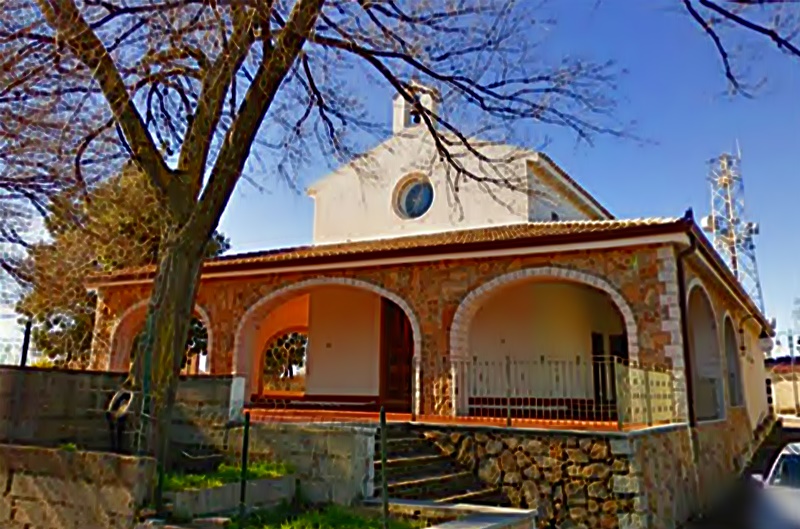
To visit the nuraghe Sa Mela, on Monte Prana, and some tombs of giants and several domus de janas; that the inhabitants call sas calas’e sos naneddos, or the small caves of the dwarfs. From up there you can see the foundations of the ancient villages of Sos Lothos and Thilameddu.
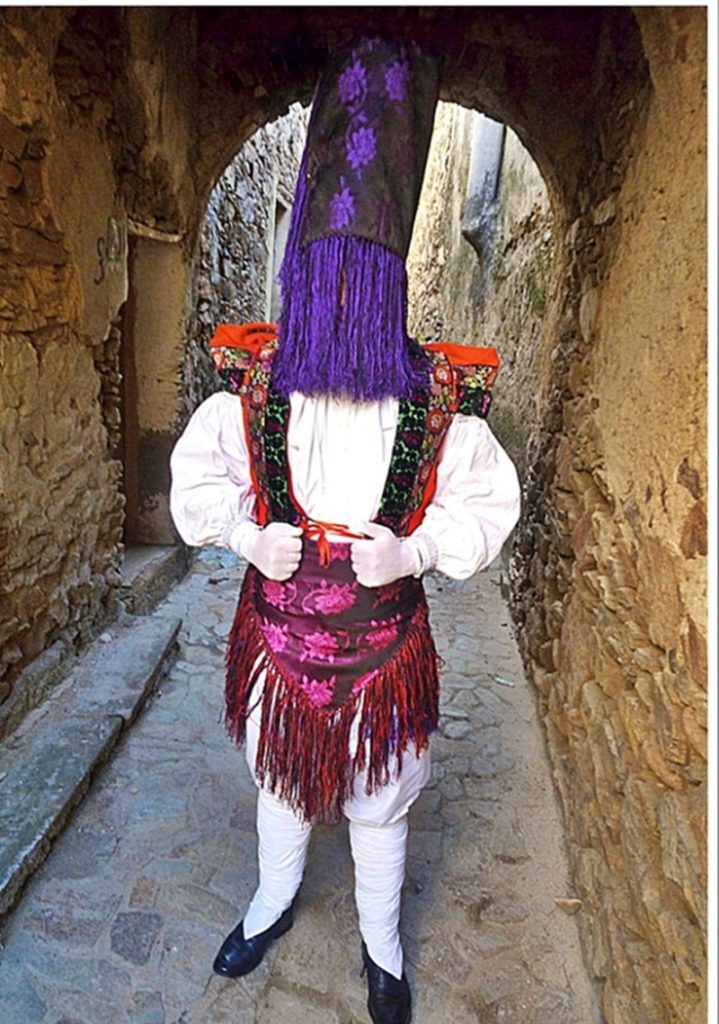
For trekking lovers we recommend a visit to the Tepilora Park, with paths immersed in the woods. From the top you can enjoy the view of the sea (from Tavolara to Cala Gonone). Archaeological evidence dating back to the Neolithic, indicating the remote origins of the town, and the oldest written documents on the village date back to around 1100.
Montalbo
The Lodè community is closely linked to religious rites that have been handed down intact for centuries. On 16/17 January we celebrate Sant’Antonio Abate, very revered. On the first day the children go from house to house to get fruit, sweets and “sos calistros” as a gift.
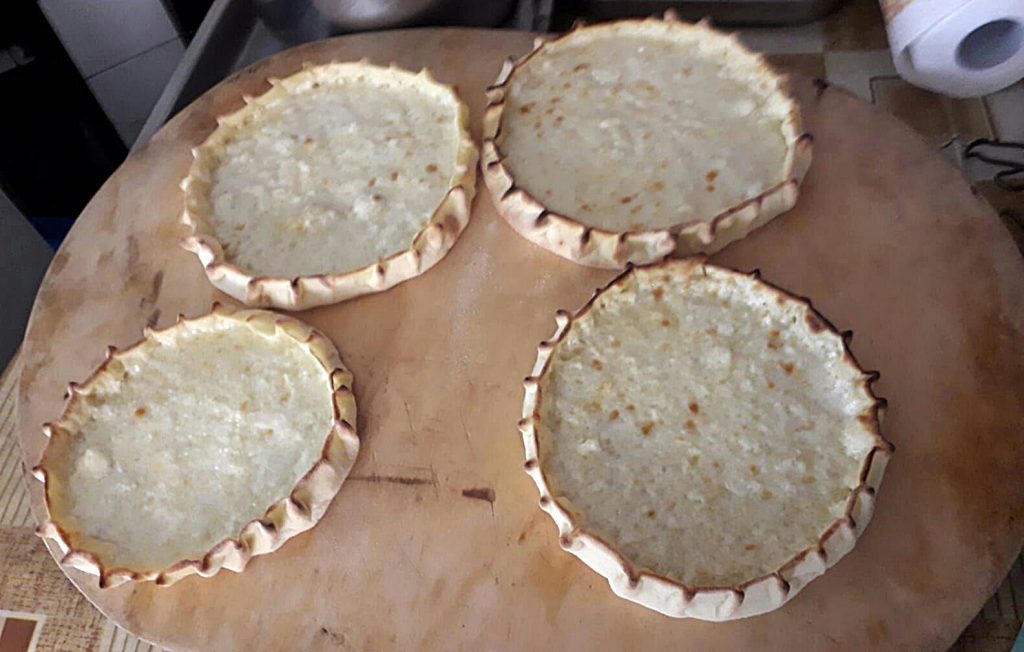
Very evocative are the rites of the Holy week, like the tradition of “S’Iscravamentu” followed by the procession, with the statue of the “Dead Christ”. As in almost all the villages of Sardinia, Lodè also has numerous varieties of bread, and many dishes are the basis of this food.
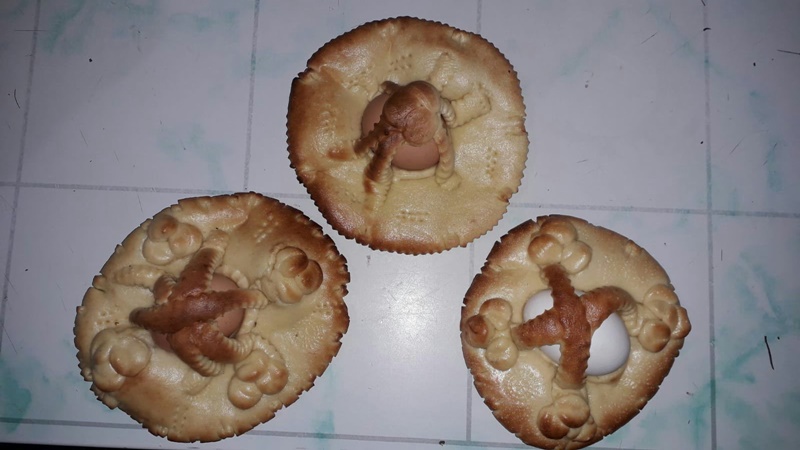
“Su coccone” with a sweet consistency, “Sa simula”, “Sos calistros”, “Su pane a trocheddu o carasau“; thin and crispy bread sheet, which can be eaten in medium-long times. There is also “Sas Cozzulasa” whose compound can vary, namely “de ricottu” (with ricotta) or “de gheda” (with small pieces of meat and lard); we are not surprised by the longevity of the praises.
Sas casatinas
It is a bread dough with melted cheese on top; “Sas gathasa” fritelle made with bread dough, water, yeast and brandy. “Su cocconeddu chin s’ovu” whose shape can vary (braid, gurnard, handbag), is prepared for children at Easter.
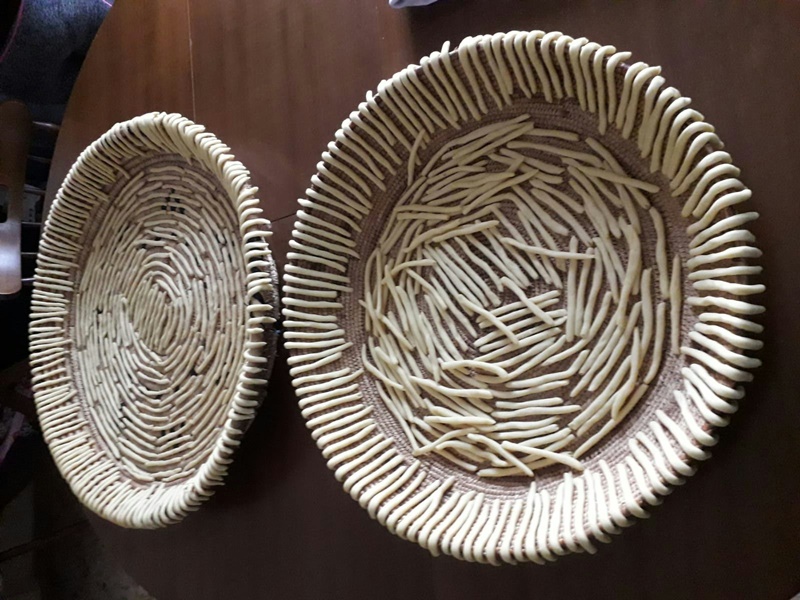
Typical Lodè sweets are the “Orugliettas“, made with very thin egg-shaped puff pastry and covered with a light layer of honey. We also have the “sos amarettos”, biscuits made of almond paste, and the “Aranzata“, crunchy made of sweet almonds, and orange peel; and small pieces of wheat bread dough, “graneddoso“. Among the traditional recipes we also find “Sa manicatura” with pork tips, potatoes, cabbage, onion and chickpeas, or mutton, potatoes and onion. “Su pane vratau” is cooked with various layers of carasau bread dipped in hot water and salt, with sauce and grated pecorino on top.

